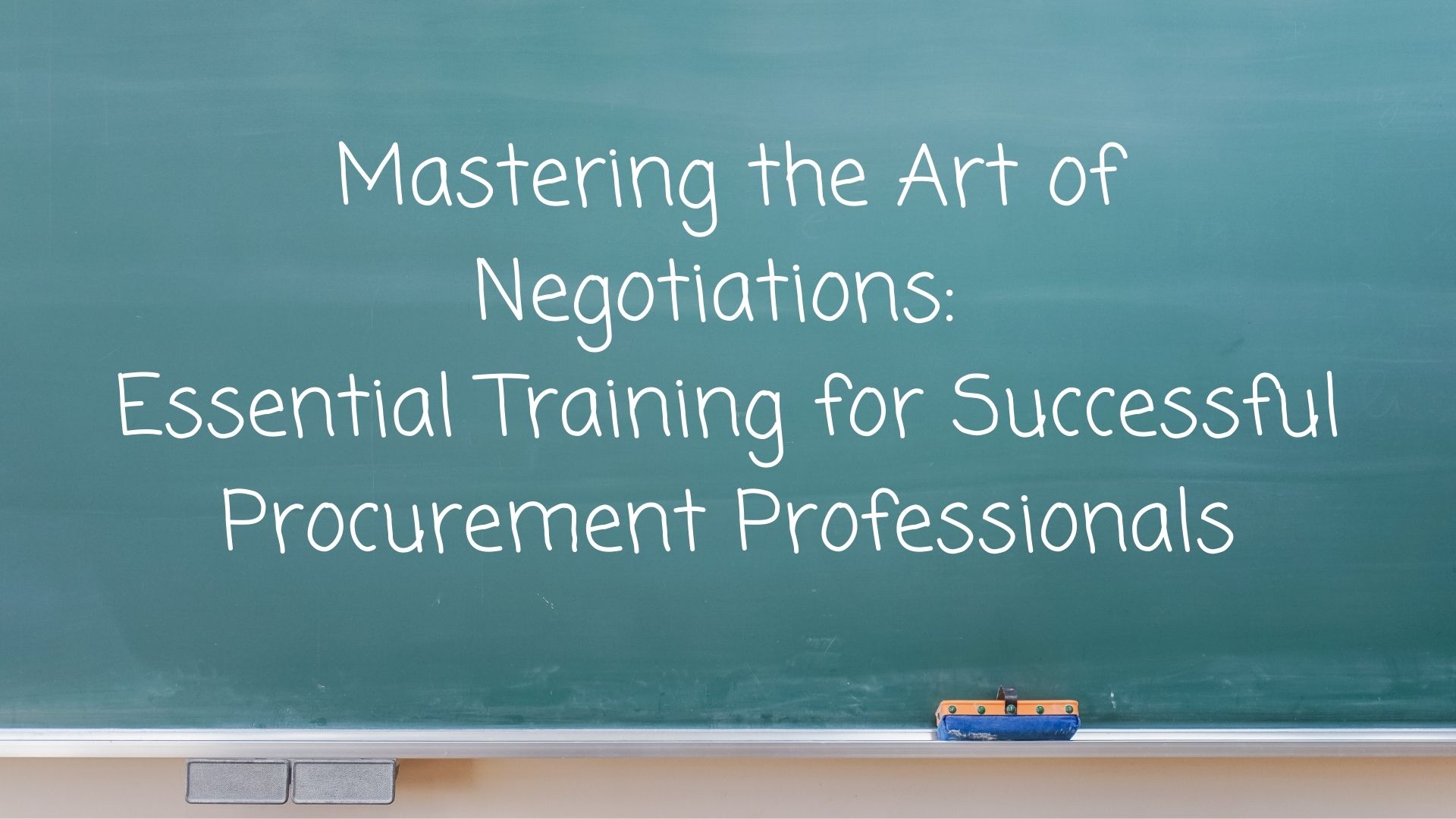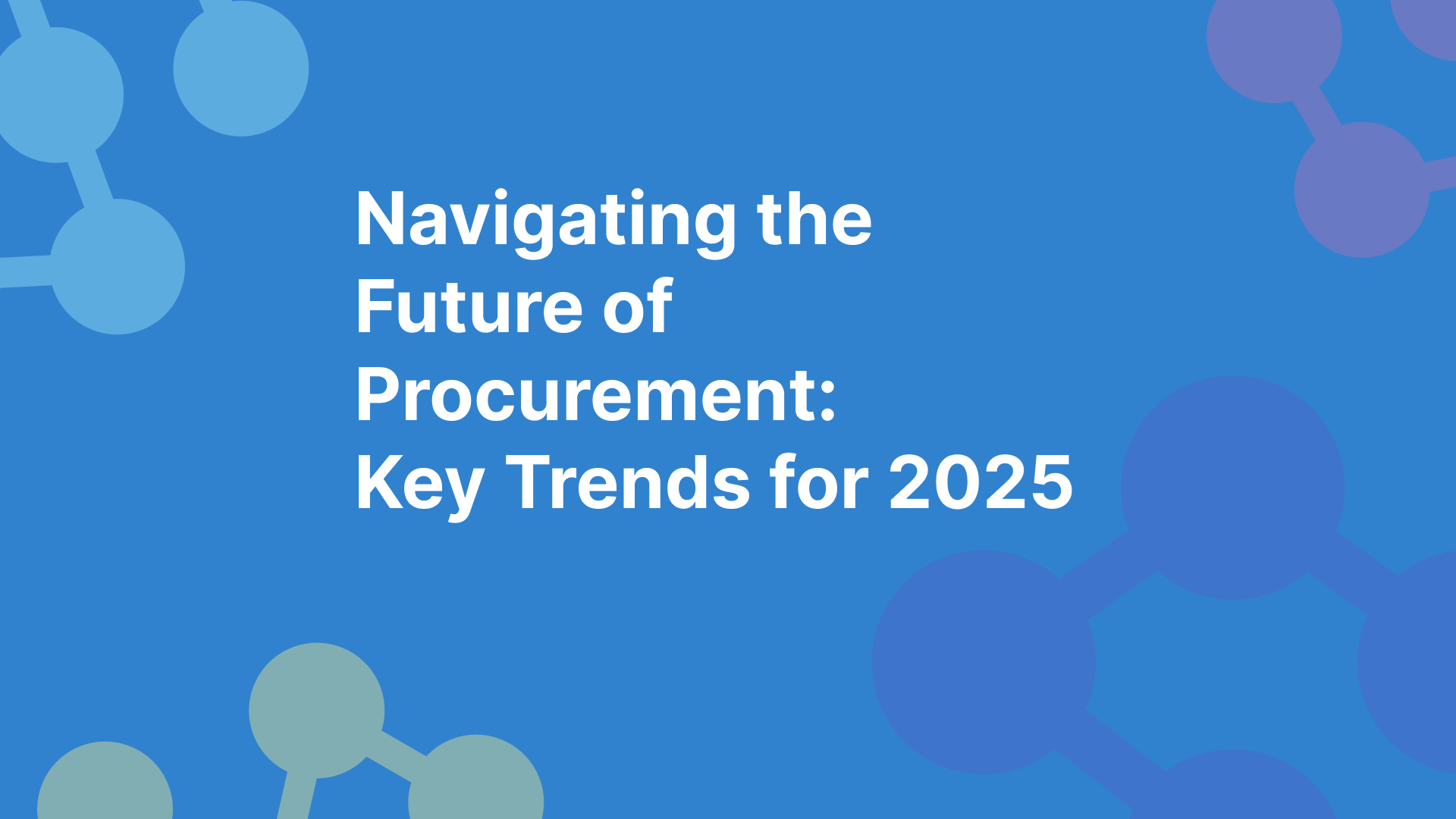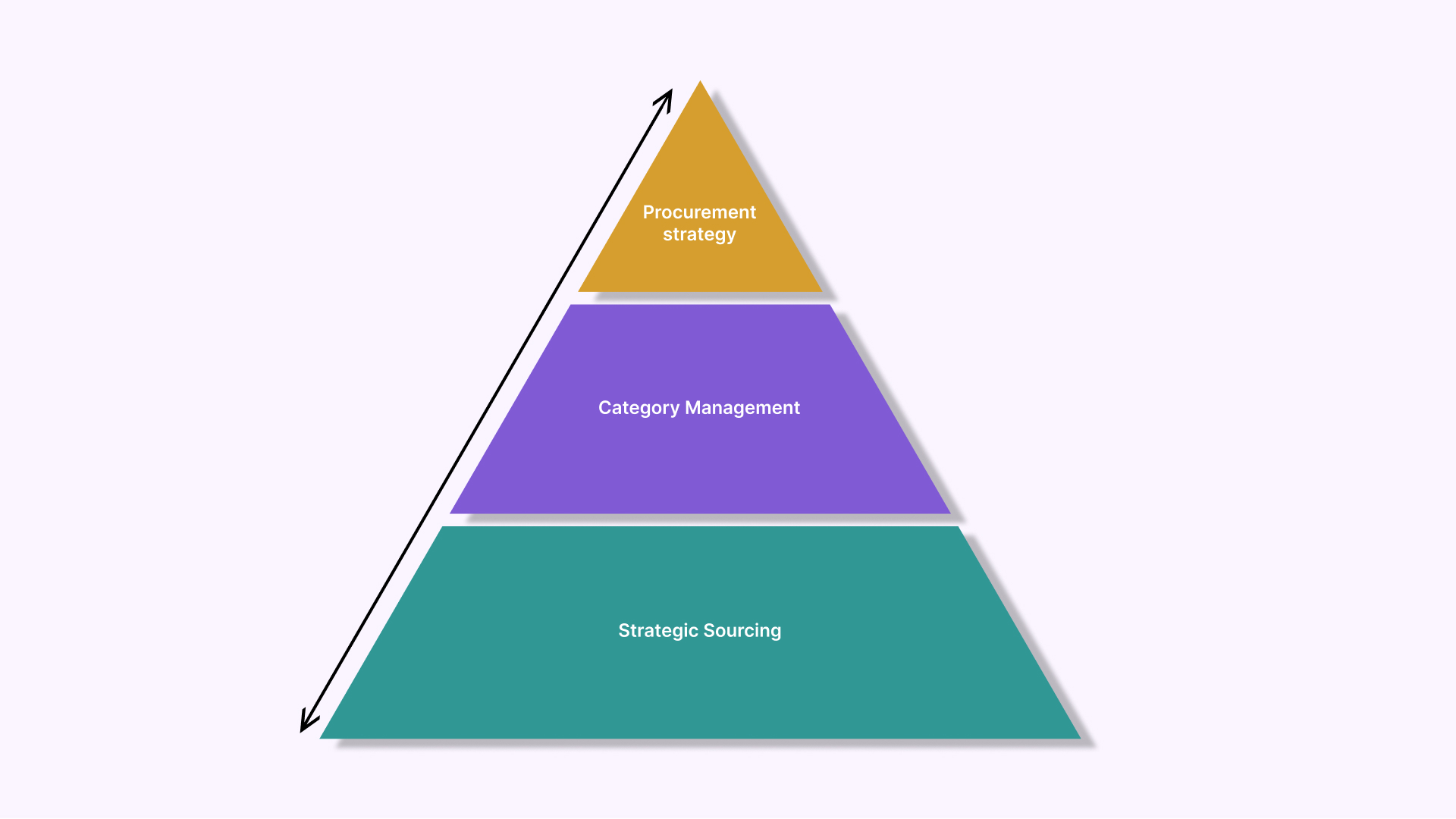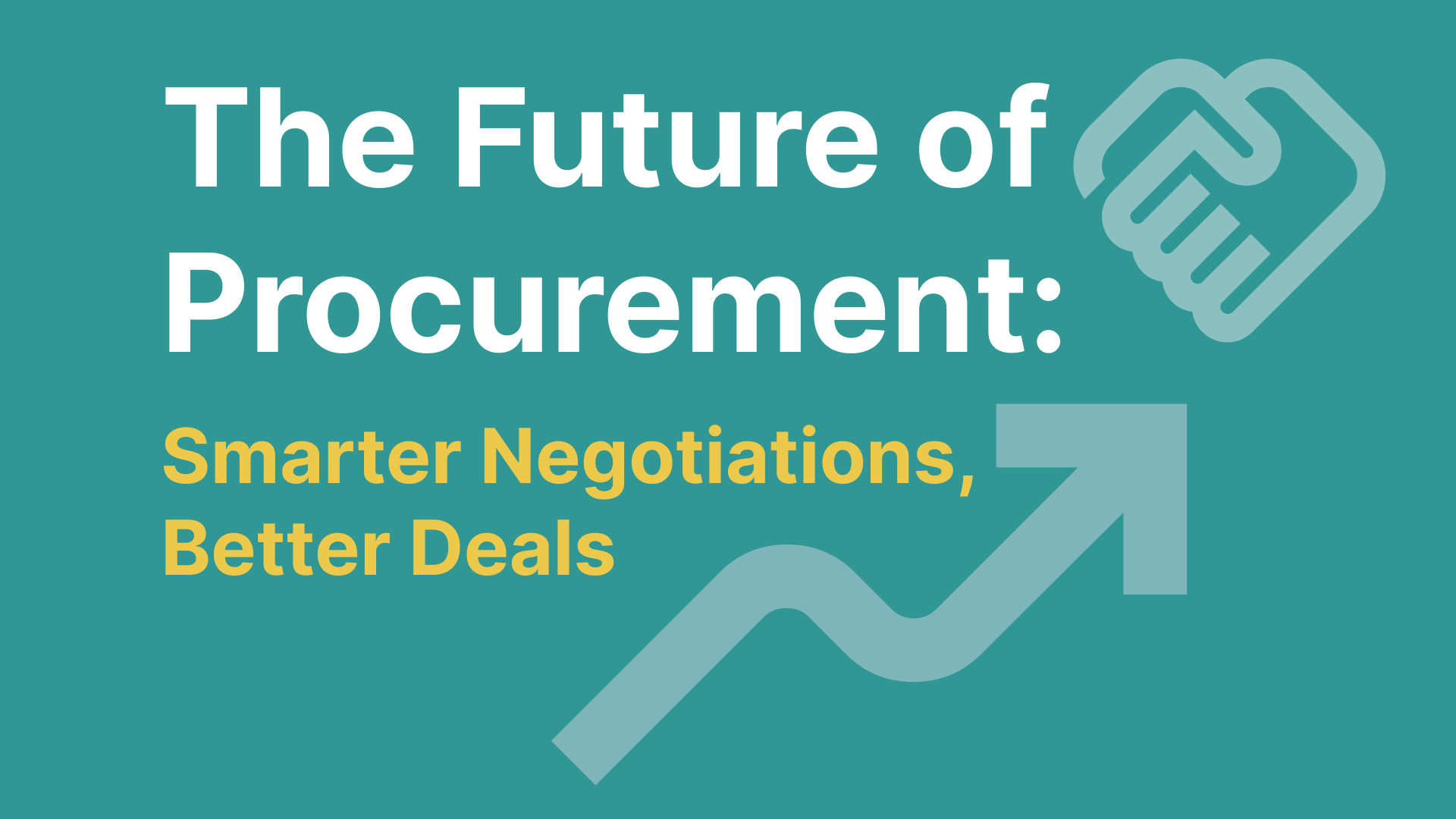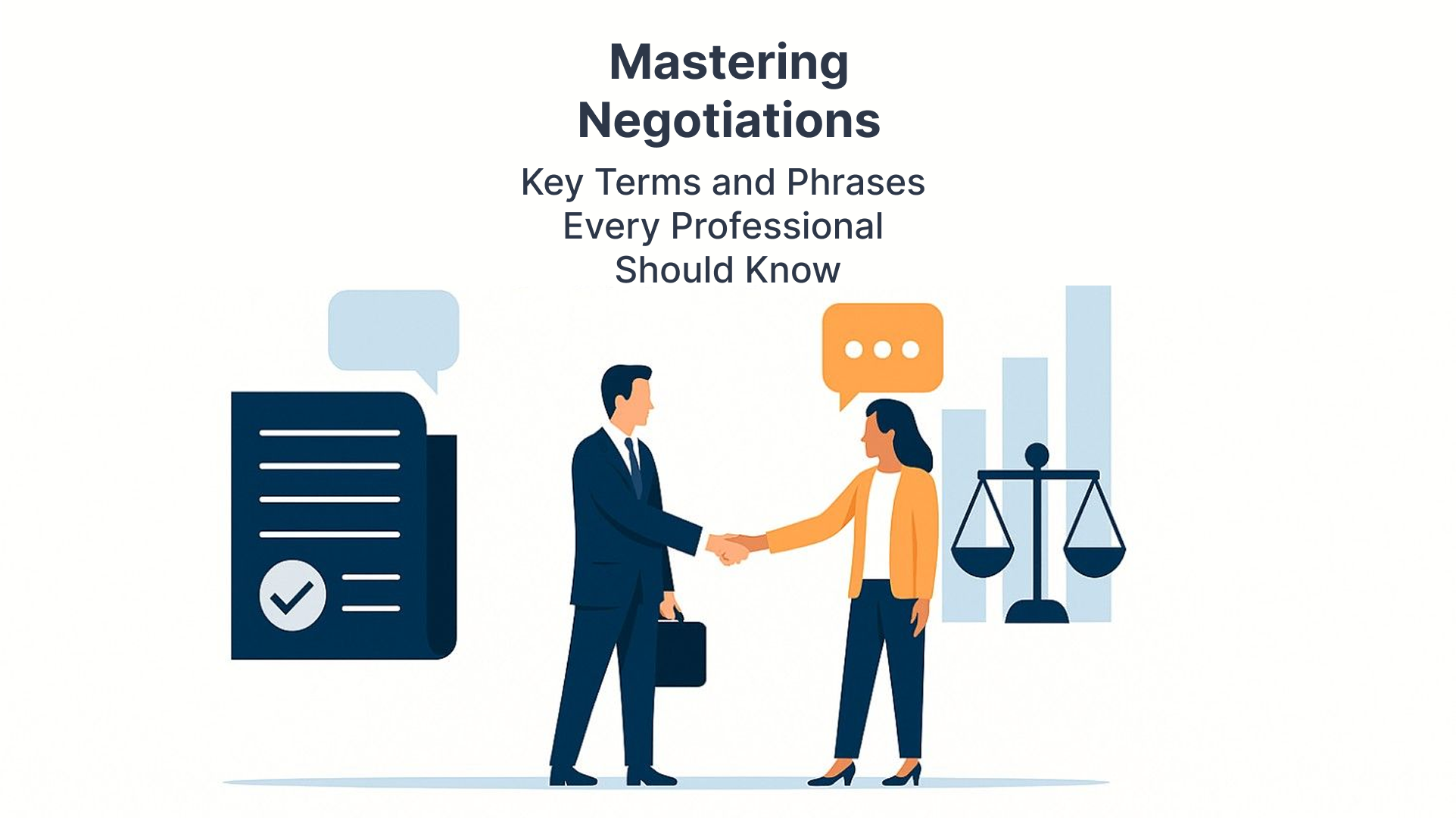Negotiation is not a “soft skill”, it’s a critical driver of business value! For procurement professionals, every negotiation affects cost savings, risk management, and supplier relationships. According to CIPS, effective negotiation practices can reduce costs by up to 15%, while poor negotiation can lead to missed opportunities, compliance issues, and strained partnerships.
But here’s the truth: negotiation isn’t about being the loudest voice in the room or pushing suppliers to the brink. It’s about creating value for both parties, protecting your organization, and building sustainable partnerships. This blog goes beyond theory. We’ll cover practical training tips, proven techniques, and exercises that will make you a more confident and effective negotiator.
1. Why Negotiation Training Matters in Procurement
Procurement professionals navigate high-stakes conversations daily—from negotiating supplier pricing to securing better payment terms and compliance clauses. Every deal impacts the bottom line and long-term strategic goals.
Here’s why investing in negotiation training pays off:
- Cost Savings: Skilled negotiators reduce total procurement spend through smarter terms, not just price cuts.
- Supplier Relationships: A collaborative approach ensures stronger, trust-based partnerships.
- Compliance and Risk Reduction: Well-negotiated contracts minimize legal risks and disputes.
- Strategic Value: Negotiation is where you influence innovation, sustainability, and service levels.
Bottom line: every procurement professional should treat negotiation as a core competency, not an optional extra.
2. Understanding Negotiation in a Procurement Context
Negotiation in procurement is not about winning at all costs. It’s about securing the best possible outcome for your organization while maintaining supplier relationships. Many professionals fall into the trap of focusing only on price. But true success looks at the total value of an agreement, including:
- Delivery times
- Service levels
- Warranty terms
- Sustainability commitments
- Innovation opportunities
Misconception #1: “The toughest negotiator wins.”
Reality: The most effective negotiators know when to be firm and when to collaborate.
Misconception #2: “Negotiation ends when the contract is signed.”
Reality: Post-award negotiations for renewals, compliance, and change management are just as important. The contract is not a static document, you can continue to improve it through smart negotiations.
3. Foundations of Negotiation Success
Preparation Is Non-Negotiable
Great negotiators don’t wing it. They prepare. Make sure you and your team understand the process. Here is a design to help you keep track:
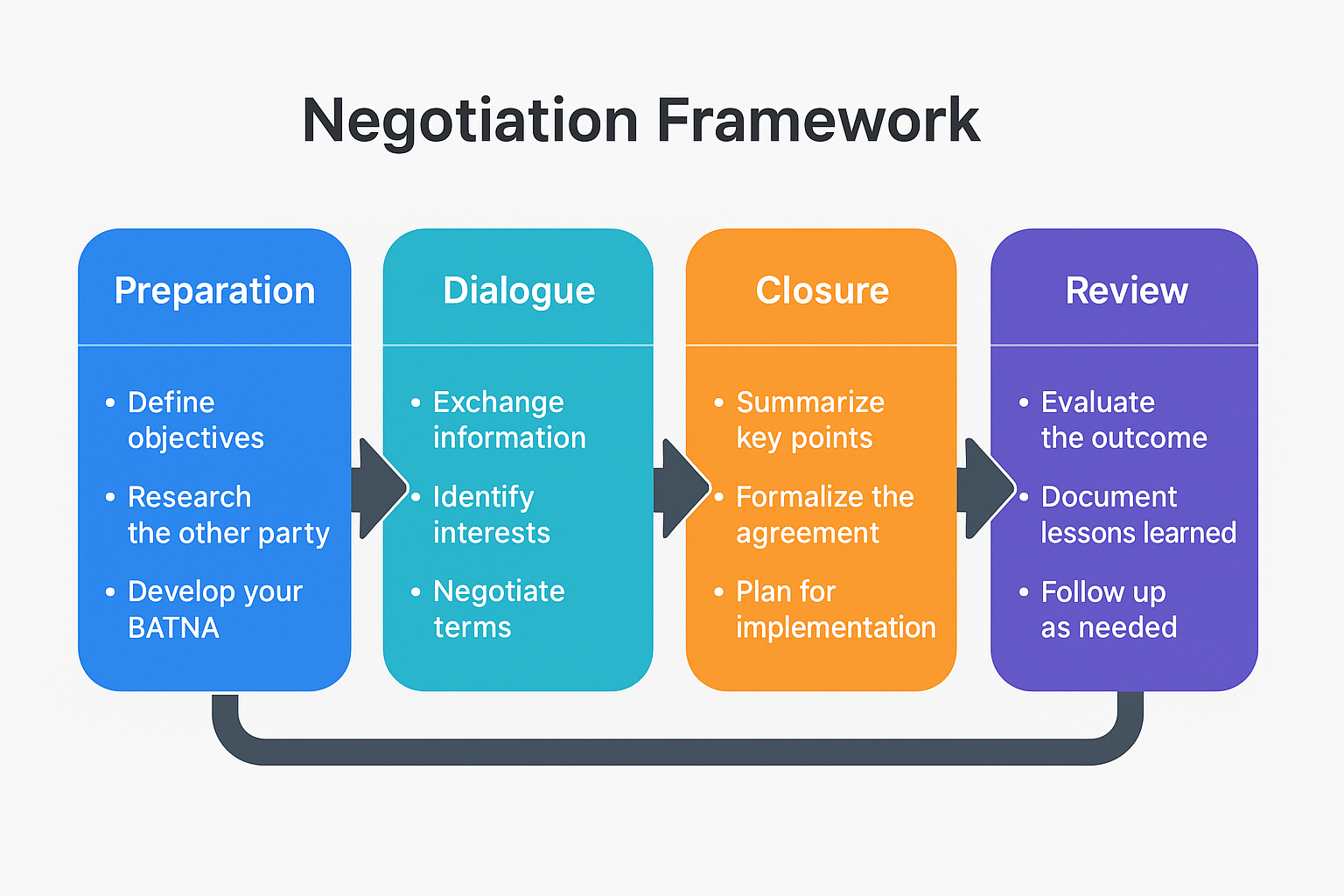
Before entering any discussion:
- Define Your Objectives and interests: What are your must-haves? Where can you be flexible?
- Understand the Other Party: What do they value most—volume guarantees, early payments, long-term contracts?
- Know Your BATNA (Best Alternative to a Negotiated Agreement): This is your backup plan if the deal falls through. A strong BATNA gives you confidence and leverage.
✅ Training Tip: Build a Negotiation Prep Sheet for every major discussion with sections for objectives, concessions, and risk points.
Interests vs. Positions
One of the biggest game-changers in negotiation training is learning to focus on interests, not positions.
- Position: “We need a 10% discount.”
- Interest: “We need to stay within our annual budget.”
Why does this matter? If the supplier understands your interest (cost control), they might offer longer payment terms or volume discounts instead of cutting the unit price. This creates win-win solutions instead of zero-sum outcomes.
✅ Exercise: Write down your top three demands (positions). For each, ask “Why is this important?” Do the same for your supplier. Look for shared interests and creative options.
4. Key Negotiation Techniques Every Buyer Should Master
This chapter introduces fundamental techniques that every procurement professional should master to become a more confident and strategic negotiator. From setting the tone with anchoring, to knowing when to pause and listen, these tools will help you shape discussions, influence outcomes, and create value on both sides of the table. It comes with practical tips, so make sure you use them well. Good luck!
Anchoring
Anchoring is about setting the first credible reference point. The initial number in a negotiation heavily influences the final agreement—even if both sides know it’s just a starting point.
Example:
Supplier: €100,000
You: €60,000
The likely midpoint: €80,000. But if you anchor first at €50,000, the midpoint moves closer to your target.
✅ Pro Tip: Always justify your anchor with market data. Never throw out unrealistic numbers—it damages credibility.
Tip Box: Anchoring Without Alienating Suppliers
- Back it with facts: Use market benchmarks.
- Frame it as a discussion: “Based on recent market analysis, we see €50,000 as a fair starting point.”
- Avoid extremes: Unrealistic anchors can kill trust.
BATNA
Your BATNA determines your power in a negotiation. If your fallback is strong, you negotiate from confidence.
✅ Pro Tip: Before every negotiation, ask: What’s my BATNA—and what’s theirs?
The Power of Silence
After you make an offer or ask a question, pause. Silence creates pressure. The other party often fills the gap with concessions or valuable information.
Tip Box: Why Silence Works
- Signals confidence.
- Encourages the other side to reveal more.
- Helps you control the pace of the conversation.
5. Practical Training Exercises for Teams
Team-based exercises provide a safe space to practice negotiation skills, boost confidence, and encourage collaboration. Simulating real scenarios helps participants gain practical experience and spot areas for improvement.
Listening and Questioning Drills
Negotiation isn’t about talking more—it’s about listening better.
- Practice active listening: Repeat key points back to confirm understanding.
- Use open-ended questions: “What’s most important for you in this agreement?”
✅ Training Tip: Hold sessions where you only ask questions for 10 minutes
Interest Mapping Workshop
Interest mapping helps negotiators move beyond rigid positions to understand true priorities. Begin by reviewing a real contract and listing each party’s interests, such as cost control, delivery flexibility, or risk reduction. Once these are clear, work as a team to brainstorm creative solutions that satisfy both sides and strengthen collaboration.
✅ Training Tip: Use sticky notes or a digital whiteboard to map interests visually. Place the buyer's and supplier's interests side by side and draw connections where overlap exists. This can help spark ideas that meet both parties' goals.
Role-Play Simulations
Role-playing is a powerful training method that allows participants to replicate real-world negotiation situations in a safe, controlled setting. It helps teams practice strategies, build confidence, and understand how different approaches work in practice. Here’s how you can set up real-life scenarios:
- Negotiating cost reductions
- Adding sustainability clauses
- Handling a supplier pushback
Debrief after each round: What worked? What didn’t? How can you improve?
✅ Training Tip: Assign each team member a role based on a real stakeholder—such as a supplier with pricing pressure or a legal advisor flagging risk. Add unexpected turns during the session to test adaptability and improvisation skills.
✅ Pro Tip: Have someone observe you and give you feedback from an outside perspective
Building a Negotiation Team with Clear Roles
Successful negotiations are rarely a one-person show. High-value procurement deals benefit from a well-structured negotiation team where each member plays a specific role. This structure ensures that nothing is missed, the discussion stays on track, and strategic decisions are made quickly.
Why this matters: In complex negotiations, it’s easy to get lost in details or focus too much on speaking. Assigning roles creates balance and allows the lead negotiator to stay focused.
Key roles to consider:
- Lead Negotiator: Drives the conversation, presents proposals, and manages the tone.
- Observer & Note-Taker: Dedicated to listening carefully, capturing key points, and spotting unspoken cues. This role ensures critical information is documented for review.
- Subject Matter Expert (SME): Provides technical, legal, or financial expertise during discussions.
- Strategy Coordinator: Monitors if the negotiation stays aligned with the team’s objectives and signals when to pause or regroup.
✅ Training Exercise: During role-play sessions, rotate these roles among team members. This not only strengthens team coordination but also helps each member appreciate the importance of active listening, strategy alignment, and detailed note-taking.
6. Leveraging Data and Technology in Negotiation
Data is your secret weapon. Use it to:
- Benchmark Pricing: Compare rates against industry averages.
- Analyze Spend: Identify cost drivers and negotiation opportunities. We have great experience using PowerBi and Ignite (www.ignite.no) for this
- AI Tools: Flag risky clauses, suggest negotiation points, and speed up prep work.
✅ Quick Win: Before your next negotiation, pull historical spend data and compare it with current market rates. Use this to strengthen your anchor.
7. Continuous Improvement: Post-Negotiation Reviews
Negotiation training doesn’t stop when the contract is signed.
- Hold Debrief Sessions: Discuss what went well and where to improve.
- Feedback: Give eachother honest feedback on what worked and why it worked.
- Document Lessons Learned: Store them in a shared knowledge base for your team.
- Create a Scorecard: Rate outcomes vs. objectives, supplier feedback, and process effectiveness.
8. Recommended Training & Resources
- Certifications:
- Online Courses:
- Books:
Next Steps
Negotiation is a skill you can train, practice, and master. Start now:
- Discover how AI-powered contract management helps close better deals: SourceMagnet Contract Management
- Download our Free Negotiation Checklist for Procurement Teams bellow 👇
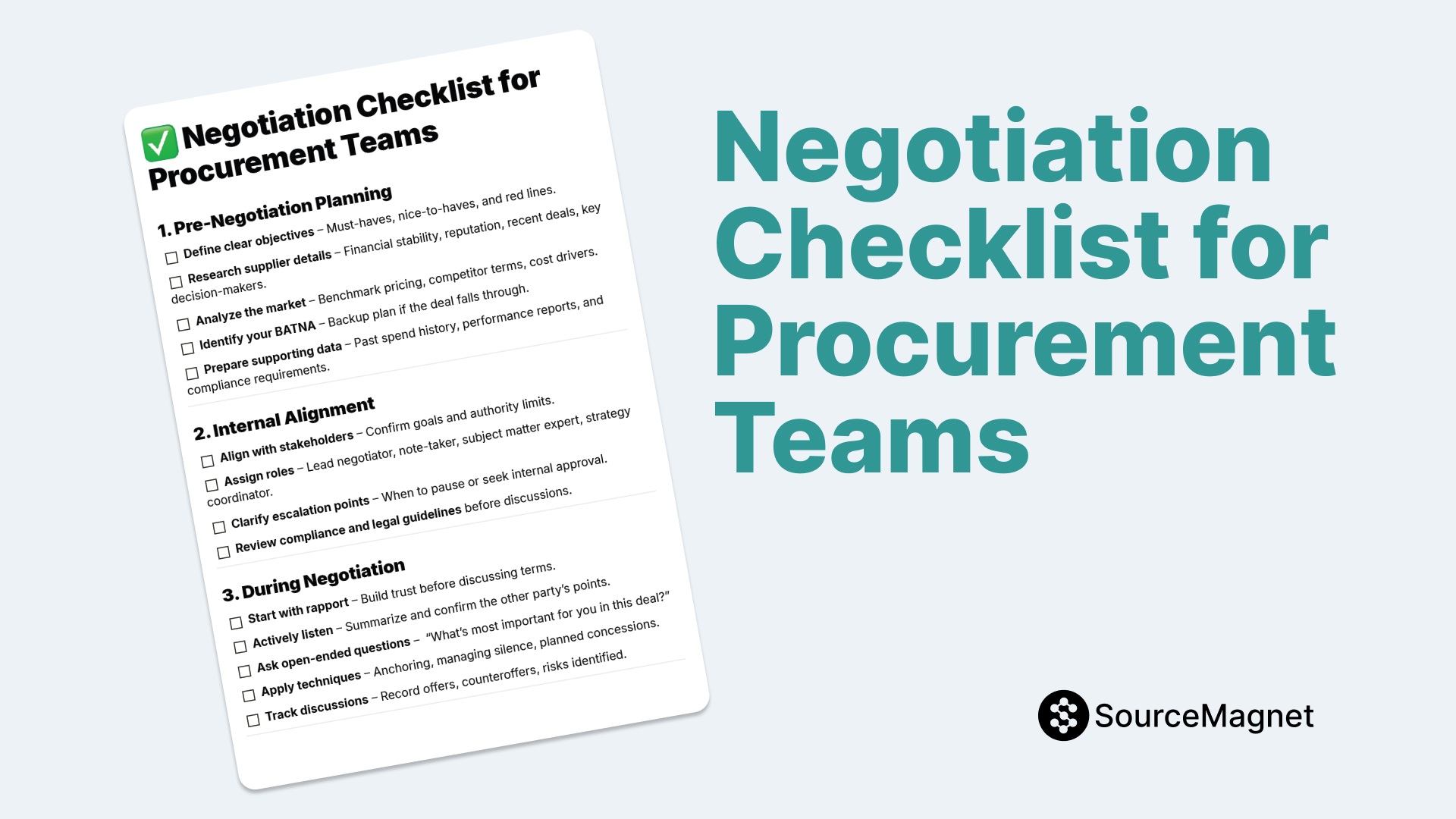
Negotiation Preparation Checklist for Procurement Teams
Maximize your negotiation outcomes with our ready-to-use Negotiation Preparation Checklist – designed specifically for procurement professionals.
Whether you’re preparing for a high-stakes supplier meeting or a routine contract renewal, this checklist guides you through every stage of the process:
- Pre-Negotiation Planning – Set clear objectives, research your supplier, and prepare your BATNA.
- Internal Alignment – Get all stakeholders on the same page and define clear roles.
- During Negotiation – Build rapport, use proven negotiation techniques, and track every offer.
- Closing the Deal – Confirm agreements, document terms, and ensure compliance.
- Post-Negotiation Review – Capture lessons learned and improve future strategies.
Why download this checklist?
✔ Ensure no critical step is missed
✔ Align your team for consistent results
✔ Boost negotiation confidence and efficiency
✔ Save time with a structured, repeatable framework

